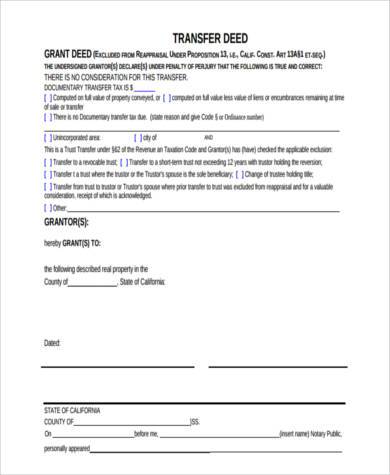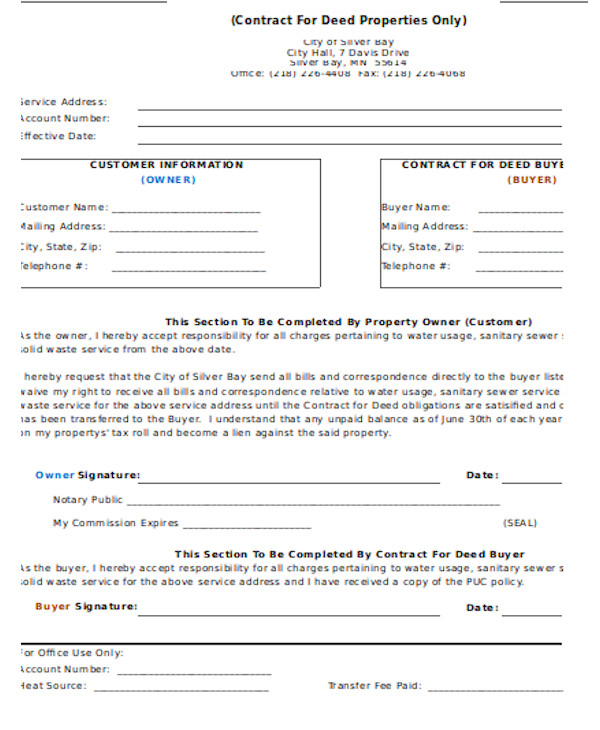

Most commonly, a fraudulent conveyance involves a seller transferring a property title in order to conceal a piece of real estate as an asset. A parent may convey a piece of property to their son or daughter on the condition that they reach a certain milestone.Īdditionally, in certain circumstances conveyances can be fraudulent. These require the buyer to meet certain terms before the transfer can be realized. Deeds that convey only one of these are known as priority or partial conveyances.Ī conveyance can also be conditional. However, not all conveyances transfer both of these titles. The first of these refers to the actual physical use of the real estate, while the second indicates the official legal ownership of the land. What Are the Different Types of Conveyance?Ĭonveyances generally include the equitable title of a property as well as its legal title. The deed must be registered at the registrar’s office of the appropriate county and all related fees must be paid.Both buyer and seller must sign the conveyance as well as two witnesses.Preparing all documents for the final settlement, including the deed or residential lease, mortgage papers, lien certificates, title insurance binder, and any side agreements associated with the sale.Validating financing behind the transaction.Settling every charge and tax with the appropriate party.


A conveyance is a legal term that refers to the legal transfer of property between one entity to another.


 0 kommentar(er)
0 kommentar(er)
